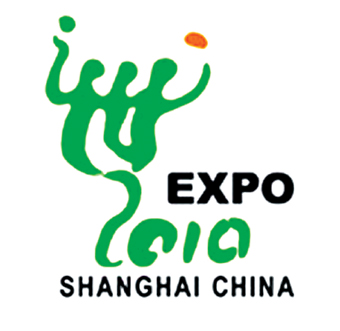 Shanghai World Expo 2010 has become the focus of the world. The information of Shanghai World Expo 2010 was carried out to thousands of households and all over the world through newspapers, magazines, radio, television and Internet.
Shanghai World Expo 2010 has become the focus of the world. The information of Shanghai World Expo 2010 was carried out to thousands of households and all over the world through newspapers, magazines, radio, television and Internet.
What make World Expo so special?
The World Expo was started in 1851 and was known by many different titles including ‘World’s Fair’ and ‘The Great Exhibition’. It was an exposition of the world’s international marvels, during a time when overseas travel was no easy trip. And at the height in the Industrial Era, the World Expo was the centre of technological inventions and innovations for all the countries to come together and share these ‘state of the art’ ideas – it was around this era when the telephone was introduced to the world. The Expo has always been known for its grandiose scale, with highlights on the individual country’s Pavilions.
The first World Expo in history was held in 1851 in London, United Kingdom. The World Expo, also known as the “economic , technological and cultural Olympic Games” has been recognised as the world’s highest standard exposition.
Same as the Beijing Olympic Games, Chinese people value the Shanghai World Expo as a dream come true. It also symbolises the revive of Chinese people.
For us, the World Expo is having a greater mission and significance in terms of showing the wisdom of cross-cultural integration among people of the world. Over a hundred of pavilions built by 242 countries and international organisations alone are having profound cultural implications. Therefore, it is not only a grand meeting to study urban life of human beings around the world, but it is also going to be a splendid dialogue of human civilisation.
Starting in May, China’s growing metropolis will host the World Expo, an event that will last until the end of October and will showcase the latest innovations of around 200 countries. Countries are getting in on the fun by creating state-of-the-art pavilions to showcase innovative individuals and businesses. Not only are they to serve as shrines to each country’s culture and heritage, but will also be strategically designed to show their contributions to world society and sustainable development. The Malaysian site, for instance, will be built with palm oil and plastic, which will then be recycled to help the construction of future sites.
The Malaysia Pavilion at the Shanghai World Expo 2010 would definitely be a countable step towards Malaysia’s international recognition.
Malaysia Pavilion was inspired by the traditional Malaysian hut. Visitors will encounter world heritages of Penang and Malacca and experience Malaysian artworks and their production process. Visitors will be able to pitch and putt at an indoor golf area. The sightseeing elevator between two stories will be designed to simulate the famous Petronas Twin Towers in Kuala Lumpur.
I personally think that the architecture of the pavillion is not bad, but the architectural style is not from Malaysia. The style is mainly Minangkabau roof style which originated from Indonesia and not Malaysia. Minangkabau styled roof can be seen on palaces of sultans in Malaysia, does not mean the style came from Malaysia.

